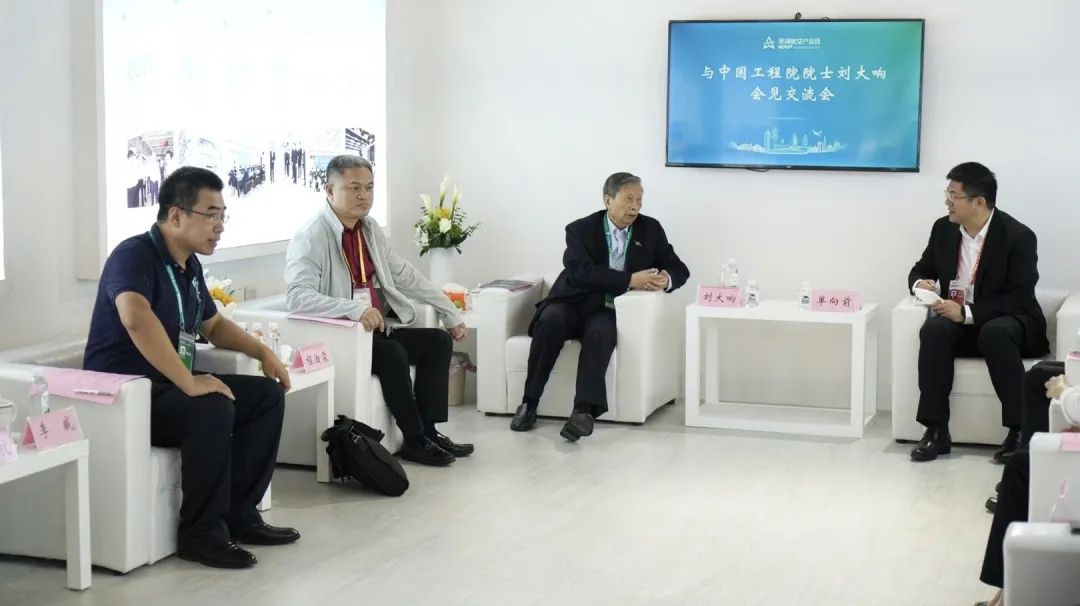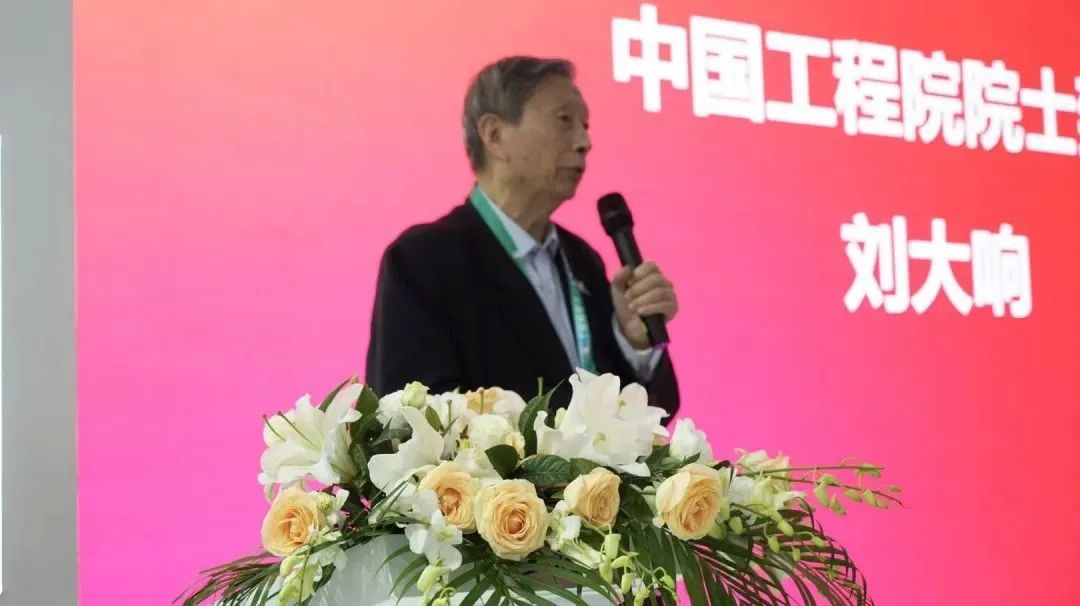

On November 8, the 14th China International Aviation and Space Expo (Zhuhai Air Show) opened in Zhuhai, Guangdong Province. As one of the representatives of enterprises in Wuhu Aviation Industrial Park, Honeycomb Aerospace made an appearance at Zhuhai International Airshow Center. Liu Daxiang, an academician of the Chinese Academy of Engineering and an expert in aerodynamics; Shan Xiangqian, secretary of the Wuhu Municipal Party Committee; Cheng Bolin, vice-president of the General Aviation Branch of the China Information Association, resident vice-president of the Beihang Alumni General Aviation Association and general director of the UAV Special Committee, and other leaders had a discussion with Li Wei, chairman of Honeycomb Aerospace.

During the discussion, they conducted in-depth communication on how to explore new frontiers for emerging industries and accelerate the collaborative transformation and implementation of scientific research achievements. All parties reached a consensus that we must uphold self-reliance and independent innovation, strengthen market awareness and an industrial mindset. Moreover, we should move faster to address weaknesses in the innovation chain of the aviation industrial chain, thereby effectively elevating the modernization level of the aviation industrial chain. It is essential to leverage the leading role of the aviation industry, facilitate the conversion of scientific and technological achievements into real productive forces, stimulate the development of high-tech industrial clusters, and contribute more effectively to the high-quality development of the economy and society.


Liu Daxiang, an academician of the Chinese Academy of Engineering and an expert in aerodynamics, analyzed from a strategic and developmental vantage point how to seize opportunities during the new development stage and chart the course for technological advancements in the UAV industry. In recent years, UAVs have witnessed rapid development both in China and globally. They've played a crucial role in the industrial Internet ecosystem. Notably, the research, development, and industrialization of industrial UAVs are on the cusp of explosive growth. Liu believes that general aviation represents a strategically significant industry for China's aspiration to become a powerhouse in three-dimensional transportation. It’s projected that by 2030, the general aviation sector will drive the development of industries worth over one trillion yuan. Correspondingly, the UAV industry is set to enter a new high-growth phase.

Academician Liu Daxiang also stated, “As a highly scientific, socialized, and strategic high-end manufacturing asset, the unmanned aerial vehicle (UAV) exerts significant influence both in civilian and military sectors globally. With the implementation of the Made in China 2025 development strategy, the innovative development of the UAV industry is bound to enter a new era. The Chinese UAV industry should foster dialogue, exchanges, and cooperation with global counterparts in an open and collaborative spirit. Take the collaboration between Honeycomb Aerospace and the Satellite Operation Center of the Haiying Group under China Aerospace Science and Industry Corporation as an example. Their joint efforts provide an integrated solution—combining hardware, software, and satellite-based aerial remote sensing systems—for UAV industry applications, thereby propelling the development and industrial application of UAVs. Finally, I sincerely wish the launch event of Honeycomb Aerospace's integrated intelligent space remote-sensing monitoring solution a great success. May Honeycomb Aerospace build on this new beginning, embark on a new journey, and achieve remarkable feats.”